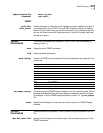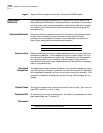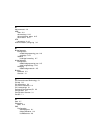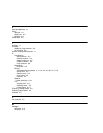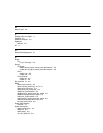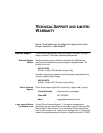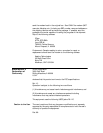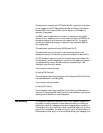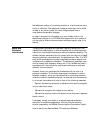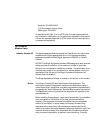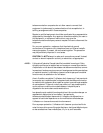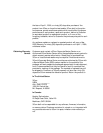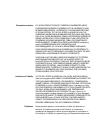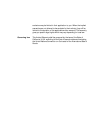
the telephone number of the sending machine or of such business, other
entity, or individual. (The telephone number provided may not be a 900
number or any other number for which charges exceed local or
long-distance transmission charges.)
In order to program this information into your modem, refer to the
RapidComm manual on the CD-ROM that shipped with your modem. If
you are using a different communication software program, refer to its
manual.
Radio and
Tel evi sio n
Interference
This equipment generates and uses radio frequency energy and if not
installed and used properly, in strict accordance with the manufacturer’s
instructions, may cause interference to radio and television reception. The
modem has been tested and found to comply with the limits for a Class B
computing device in accordance with the specifications in Part 15 of FCC
rules, which are designed to provide reasonable protection against such
interference in a residential installation. This equipment generates, uses
and can radiate radio frequency energy and, if not installed and used in
accordance with the instructions, may cause interference to radio and
television communications.
However, there is no guarantee that interference will not occur in a
particular installation. If this device does cause interference to radio or
television reception, which you can determine by monitoring reception
when the modem is installed and when it is removed from the computer,
try to correct the problem with one or more of the following measures:
· Reorient the receiving antenna (for televisions with antenna reception
only) or cable input device.
· Relocate the computer with respect to the receiver.
· Relocate the computer and/or the receiver so that they are on separate
branch circuits.
If necessary, consult your dealer or an experienced radio/television
technician for additional suggestions. You may find the following
booklet, prepared by the Federal Communications Commission, helpful:
How to Identify and Resolve Radio-TV Interference Problems



